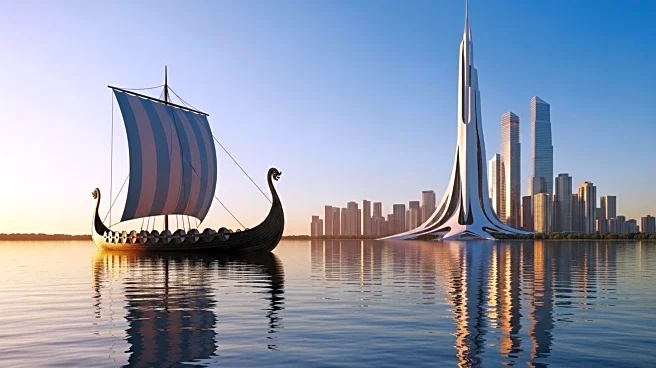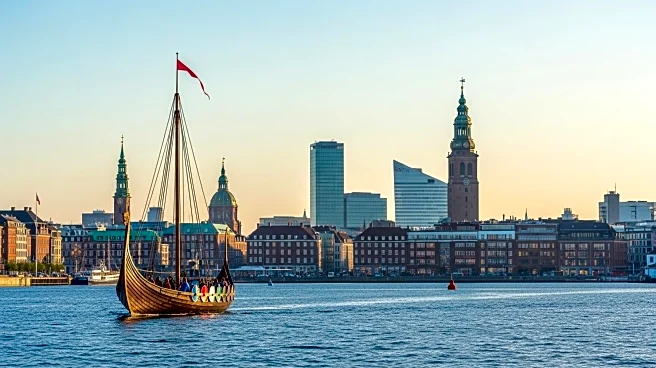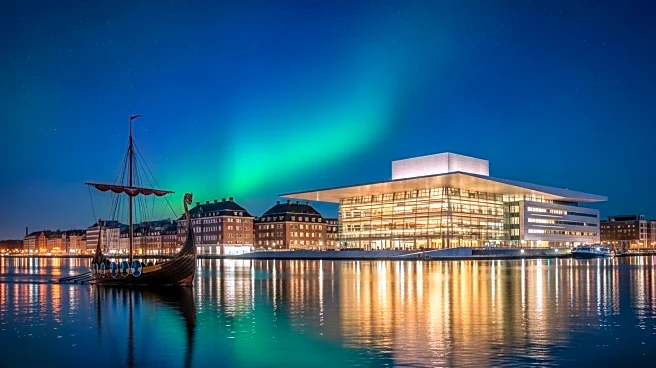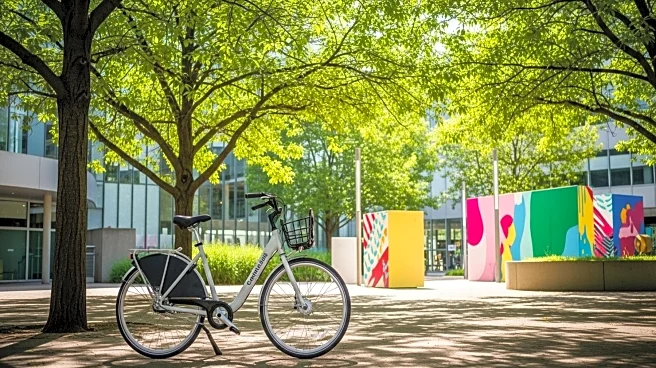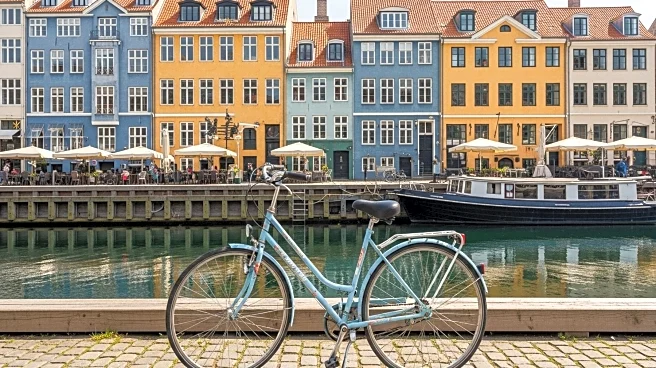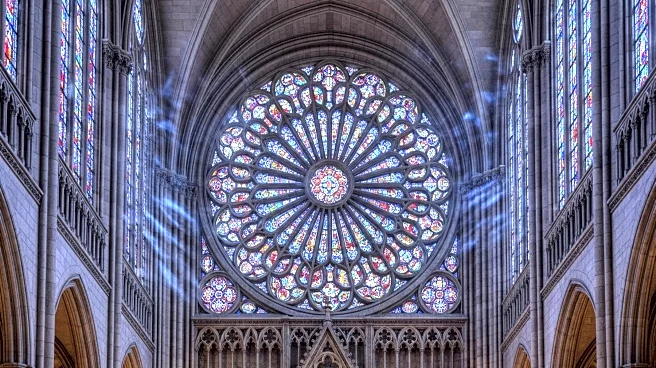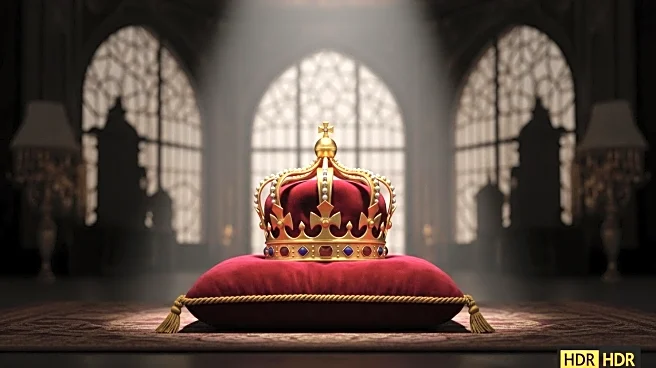Copenhagen, the capital of Denmark, has a rich legacy that spans centuries, marked by its cultural and economic significance in Scandinavia. Originally a Viking fishing village, it evolved into a major city by the 15th century, becoming the capital of Denmark. Its strategic location at the approach to the Baltic Sea facilitated trade and cultural exchange, making it a hub of power and wealth. Today, Copenhagen continues to be a vibrant city, known for its historical landmarks and modern innovations.
Scope of Legacy
Copenhagen's legacy is deeply rooted in its historical role as a center of trade and culture in Northern Europe. The city's strategic location made it a vital point for commerce, especially during the era of the Hanseatic League. This position not only brought wealth but also cultural exchanges that enriched the city's heritage. The fortifications and city gates that once protected Copenhagen are a testament to its historical importance.
Pivotal Contributions
Throughout its history, Copenhagen has contributed significantly to the cultural and economic landscape of Scandinavia. As the de facto capital of the Kalmar Union in the 16th century, it played a crucial role in the governance of the Nordic region. The city's architectural landmarks, such as Christiansborg Palace and Frederik's Church, reflect its historical and cultural contributions.
Enduring Influence
Copenhagen's influence extends beyond its borders, impacting global perceptions of Scandinavian culture and design. The city's commitment to sustainability and innovation has positioned it as a leader in urban development. Its cultural institutions, including museums and theaters, continue to attract international attention, reinforcing its status as a cultural capital.
U.S. Relevance
For U.S. audiences, Copenhagen represents a model of urban sustainability and cultural richness. The city's approach to green living and its vibrant arts scene offer insights into effective urban planning and cultural integration. Copenhagen's historical ties to trade and its modern innovations provide valuable lessons for American cities seeking to balance tradition with progress.
 Discover Daily • 9 min read
Discover Daily • 9 min read 